Ever since the Brothers Grimm first gave us the tale of the little cinder girl, the world adored Cinderella. And it seems like some variation of the classic rags-to-riches story makes its way to the silver screen at least every couple of years, the latest version starring pop star Camila Cabello.
Each take on Cinderella’s iconic rags-to-riches story seems to carry the same inspiring message: be kind, work hard and chase your dreams.
However, not every version is as family friendly as the next. In some variations, Cinderella is an orphan abused by her stepmother. In others, her father is alive but ignorant to the cruelties inflicted by his wife and stepdaughters. Some versions include a fairy godmother and talking mice. Almost all include a prince. But no matter what, it’s always Cinderella’s kindness and perseverance that saves her from a life of misery.
So, we’ve taken the time to rank some of the more popular versions of Cinderella based on their family-friendliness (though you’ll still want to read our reviews to know which films are appropriate for your family), starting with the Disney animated classic from 1950.
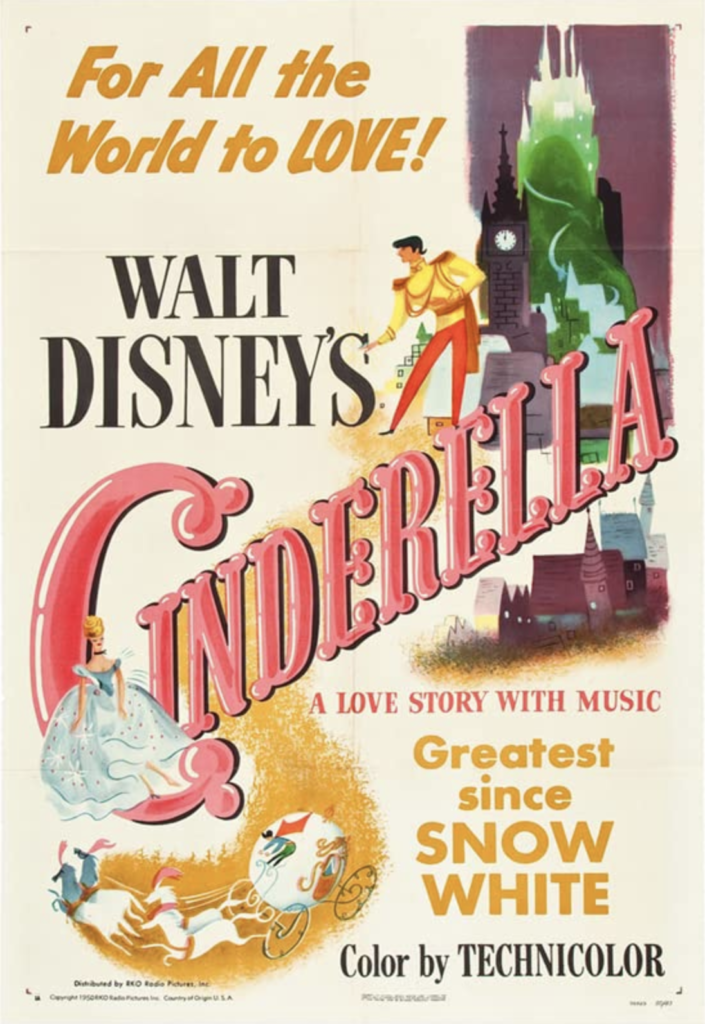
1. Cinderella (1950)
The one that started it all … sort of. Technically, there are Cinderella flicks dating back as early as 1911, but this is certainly the one that people think of first when it comes to Cinderella stories. Her fairy godmother shows up and with a bippity-boppity-boo transforms a pumpkin into a carriage, some talking mice into horses and Cinderella’s ragged clothing into a beautiful ballgown—complete with glass slippers.
Cinderella sneaks out, goes to the ball, falls in love with the prince, leaves behind one of those famous shoes behind and then pretends nothing happened. Of course, her stepmother finds out (and locks her in a tower as punishment). But at the end of the film, Cinderella’s mice friends help her escape, she fits her foot into the glass slipper and goes on to live happily ever after with her Prince Charming.
While magic is certainly a component worth discussing, here it’s treated as light and fun. And considering it’s a cartoon, it’s pretty innocuous. The film looks down upon the obnoxious behavior of Cinderella’s stepsisters and also paints her stepmother, the formidable Lady Tremaine, as nothing short of evil for her cruel treatment of her young stepdaughter. But the main themes here are about kindness, patience and compassion, and how those things are rewarded.
2. Cinderella (2015)
Adam Holz said of this live-action remake: “The film’s repeated emphases on kindness and courage, which culminate in Ella graciously forgiving her wicked stepmother in the end, frankly gives this version of a story that’s been around for several centuries an unexpectedly virtuous resonance.”
He went on to say, “The main issue parents might want to consider, especially when it comes to younger, impressionable would-be ‘princesses,’ is the depiction of virtually every female character in low-cut dresses and cinched up in painful corsets. … Apart from that concern, the 2015 version of Cinderella offers proof that the folks at Disney can—when they choose to—deliver the ‘happily ever after’ goods without pandering unnecessarily to 21st-century sensibilities in disappointing ways.” And I think that says all we need to know.
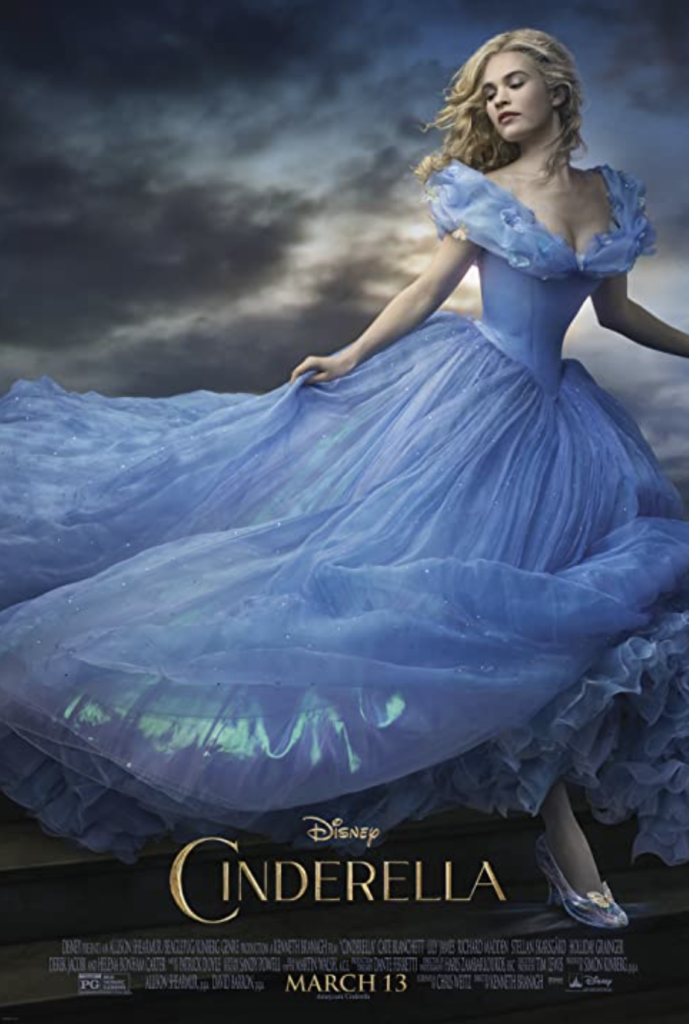
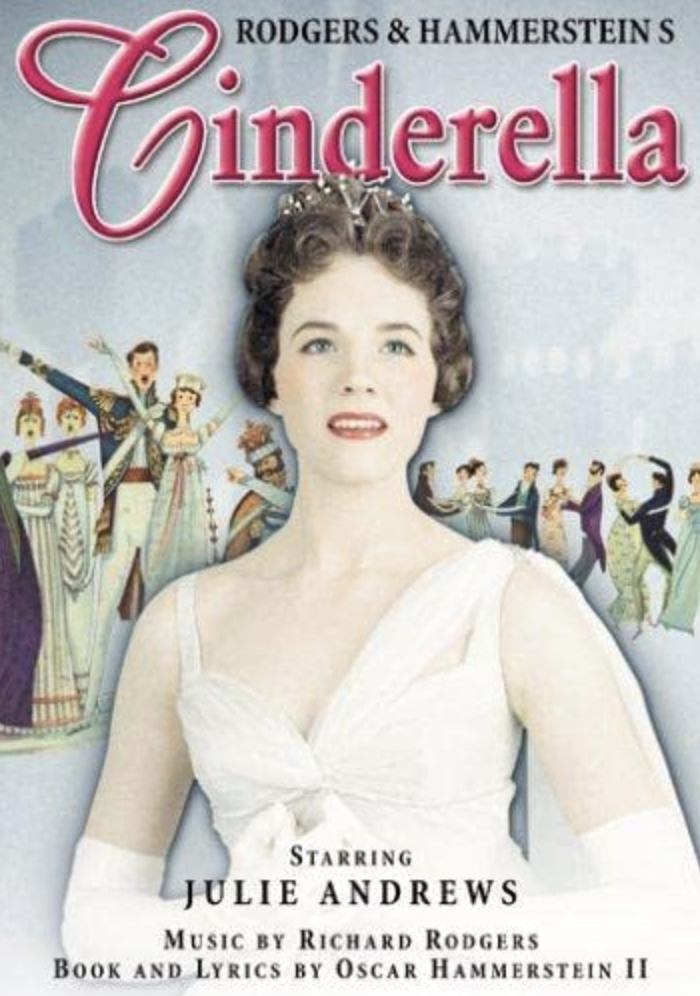
3. Rodgers & Hammerstein’s Cinderella (1957)
Starring Julie Andrews in the titular role, this black and white film gives us the same story as Disney’s, just to a different tune (quite literally since none of the music is the same). I’ve only ranked it third because of certain scenes dealing with the tightness of corsets, which, while played for humor, still set a dangerous precedent for beauty standards and show off some cleavage.
But even then, it was such a close call between this film, 2015’s Cinderella (ranked #2) and 1997’s Cinderella (ranked #4). In the case of the former, I ranked it higher because the messages of kindness and courage were stronger. In the case of the latter, I ranked it lower because of some minor sensuality. But truly, all three films give us a version of Cinderella that emphasizes inner beauty over outward beauty.
4. Rodgers & Hammerstein’s Cinderella (1997)
Whitney Houston, Bernadette Peters, Whoopi Goldberg and Brandy Norwood as Cinderella fill out this star-studded cast. As an adaptation of the 1957 version mentioned above, “not only was it one of the most-watched television musicals Disney ever created, with some 60 million TV viewers tuning in … it was also the first classic fairytale musical presented with a truly diverse, multi-ethic cast,” wrote Bob Hoose when the film was rereleased earlier this year.
By Plugged In standards, it ranks lower on the list than the Julie Andrews version, but only just. That’s because it has quite a few more kisses than the original, and there’s a joke referencing a woman’s bosom. But other than that, this take on Cinderella is “sweet and ethereal,” and the film “prompts youngsters to treat people with kindness and respect, and it encourages them to do more than just sit around and wish for things.”
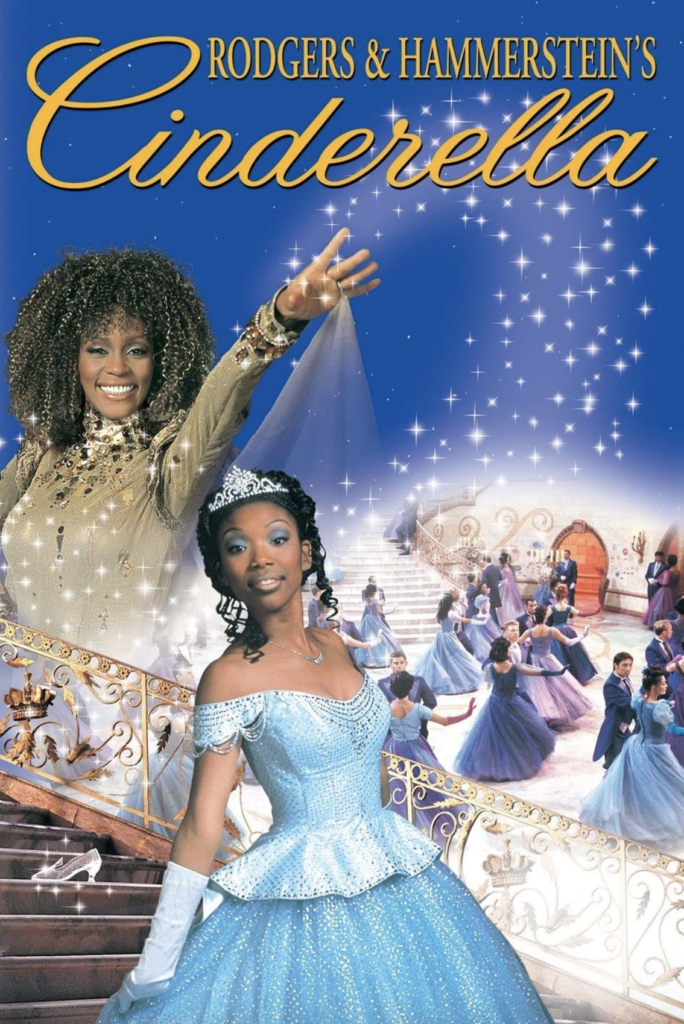
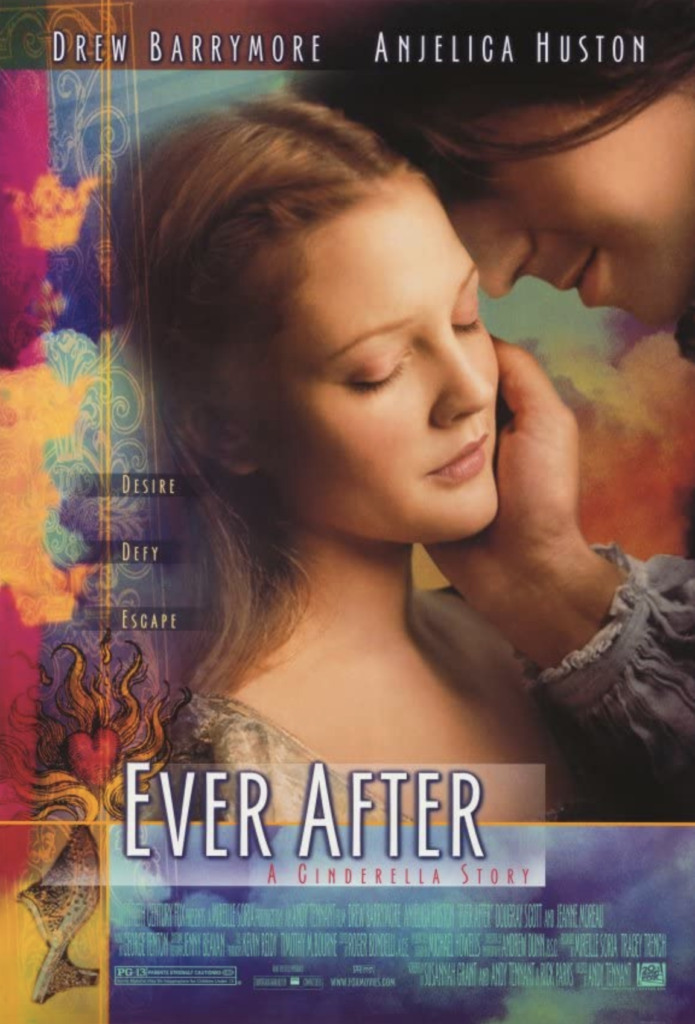
5. Ever After: A Cinderella Story (1998)
A true period piece, set in 16th-century France, the story begins with a French grande dame summoning the Grimm brothers to inform them that they’ve completely botched her family history in their retelling of the story of Cinderella. Now she intends to set the record straight.
There are no magical components here, no absurdly colorful ballgowns or silly sing-along-songs. Instead, we have the story of tomboy Danielle (portrayed innocently by Drew Barrymore), who passionately decries social injustices to anyone who will listen—including the crown prince of France. But it’s that passion to help the poor that causes the prince to fall in love with her.
The film doesn’t come without problems. There’s a use of the s-word and misuses of God’s name. Danielle is pursued by an older man who can only be described as creepy. Meanwhile, her stepsister, Marguerite, shamelessly flaunts her décolletage. Danielle herself punches Marguerite in the eye (bruising it badly, though hilariously causing the young woman to run screeching her head off in a scene that is forever imprinted on my mind). And we see the result of Danielle’s insubordination when her other, kinder stepsister applies medicine to Danielle’s lashed back. And as a young girl, Danielle painfully watches her father die of a heart attack, which could be upsetting for younger children.
But as Bob Smithouser put it: “Ever After extols loyalty, trust, friendship, religious faith, modesty in courtship, the love between a father and daughter, chivalry, mercy and one’s obligation to use power and position for the good of mankind.”
6. A Cinderella Story (2004)
When Sam loses her dad in an earthquake, she becomes little more than a maid for her stepfamily. Forced to work in her stepmom’s ridiculous ‘50s-themed diner (complete with roller skates) while doing her stepsisters’ homework, Sam plans to escape by getting into Princeton, her dream college.
In some ways, the cruelties Sam faces here feel more emotionally extreme, since we see the life she had before she became an orphan. Moreover, since the story is completely sans magic, the things that happen to Sam are things that could actually happen in real life. She’s completely humiliated by her Prince Charming via her stepsisters and his jealous ex-girlfriend. And while her stepmom doesn’t care about Sam’s romantic life, she directly interferes with Sam’s dreams of going to college by hiding her Princeton acceptance letter.
These elements (combined with some risqué jokes and mild violence) are more than enough to land this film on the lower half of the rankings, but we also see a much sassier Cinderella character. And Sam’s godmother (played by Regina King), while strong—not to mention the only person who stands up for Sam—can sometimes be aggressive, which isn’t necessarily a good thing.
Also of note, this film (starring then-teen idols Hilary Duff and Chad Michael Murray) inspired a franchise of contemporary retellings. Selena Gomez, Lucy Hale, Sofia Carson and Laura Marano (and soon, Bailee Madison) have all picked up the mantle of Cinderella in various “Cinderella Stories,” each of which would land at about the same ranking as this one.
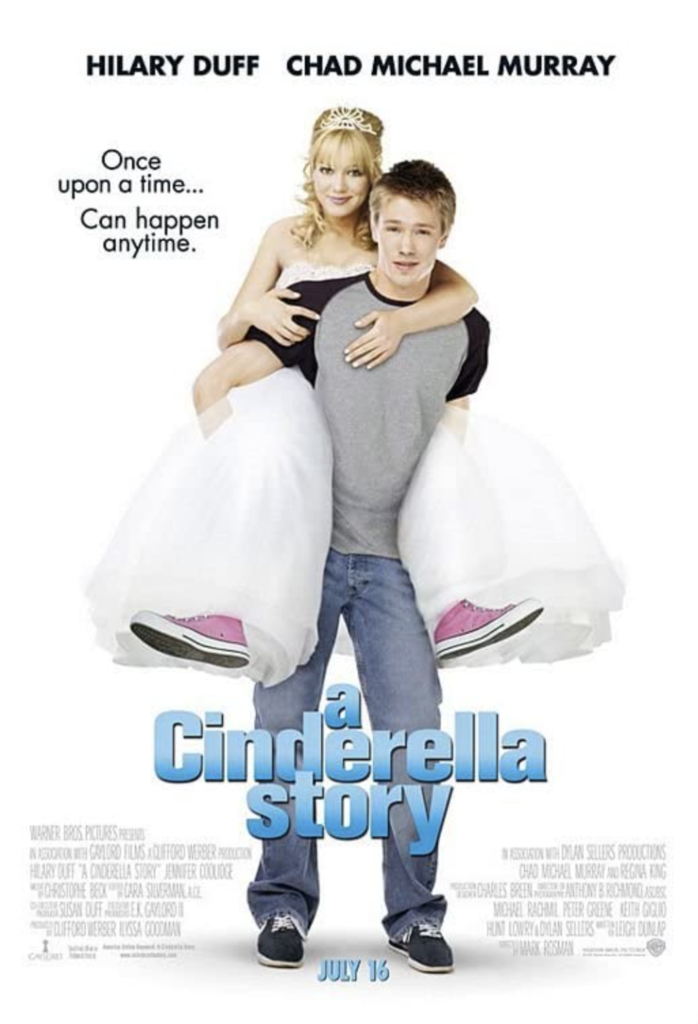
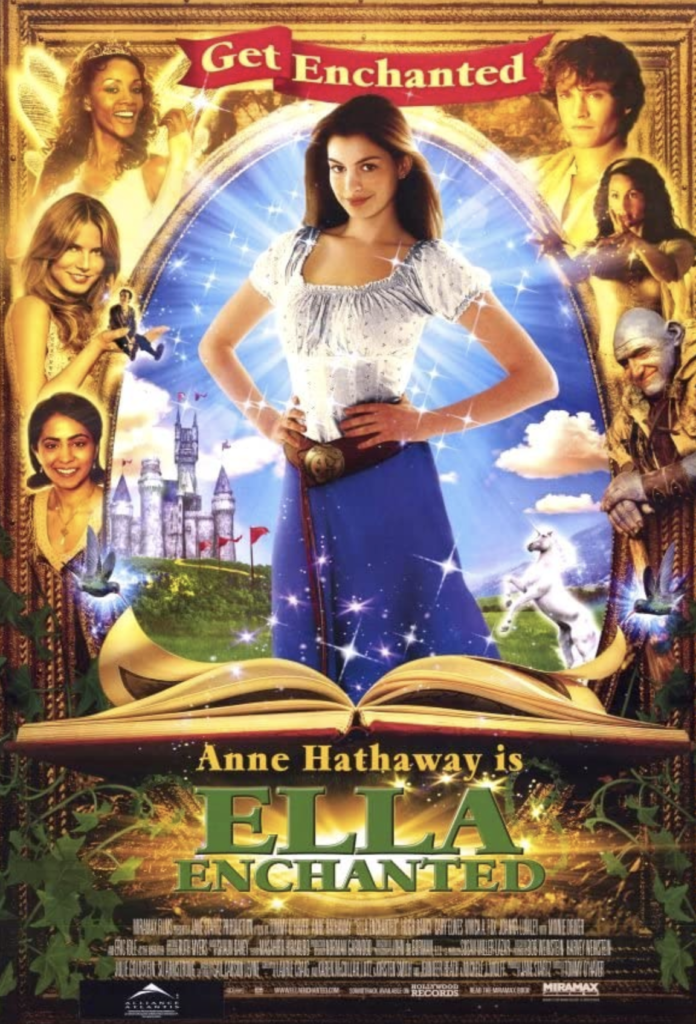
7. Ella Enchanted (2004)
Anne Hathaway, Hugh Dancy, Minnie Driver, Cary Elwes star in this version, complete with Queen and Elton John covers. Obviously, this isn’t your mother’s Cinderella tale. Set in a modern-but-medieval kingdom, Ella is cursed (er, blessed) with the gift of obedience. Ella is more outspoken here, at least compared to previous iterations of this commoner-turned-princess tale. She’s kind, for sure, and is quite the philanthropist—advocating for equal rights for giants, elves and ogres—but she’s also fierce and sassy. And while her passionate way of speaking is refreshing in a character that is normally portrayed as meek, it also comes off as rude at times, getting her into trouble.
The film ranks lower on the family-friendliness scale, however, because of some mildly suggestive elements. (When Ella is commanded to “shake her booty,” she’s forced to oblige, and several girls giggle over the idea that the prince must get naked to take his showers.) It’s also possibly the most violent of the Cinderella tales listed here (barring the original Grimm fairy tale itself, of course) since there are murder plots and martial arts-style fights involved.
8. Cinderella (2021)
Starring Camila Cabello as Cinderella, this film feels like Ella Enchanted 2.0. And I say this for a few reasons: It stars Minnie Driver again (though as the queen rather than Ella’s godmother), we get another remake of Queen’s “Somebody to Love,” and it features a strong emphasis on social injustices.
Like its predecessors, the latest Cinderella tells us that if we work hard, we can achieve our dreams; it reminds viewers that kindness is rewarded, and that family and love are more important than power and appearances. But it also brings some new twists—some positive and some negative.
There are the same magical components found in other iterations of the classic fairy tale, but the reason this film ranks lowest on our list is because of the surprising amount of sexual innuendo. Not to mention that Ella’s fairy godmother is portrayed by a man. Ella’s stepmother (portrayed by Idina Menzel), while cruel, is also human. She had her heart broken when she tried to pursue her dreams, and she is harsh towards her daughters because she doesn’t want them to face the same. In Plugged In’s review of the movie, I wrote, “We see that romantic love doesn’t guarantee a happy ending. And perhaps most importantly, we see that a person’s worth (often a woman’s worth in this story) isn’t determined by status or power.”
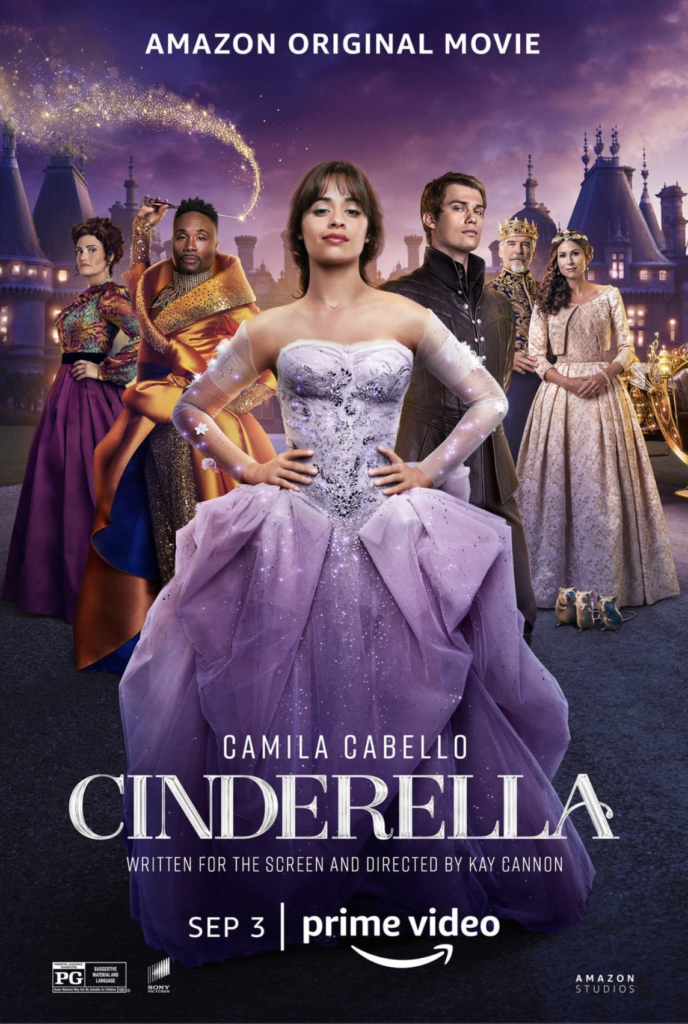



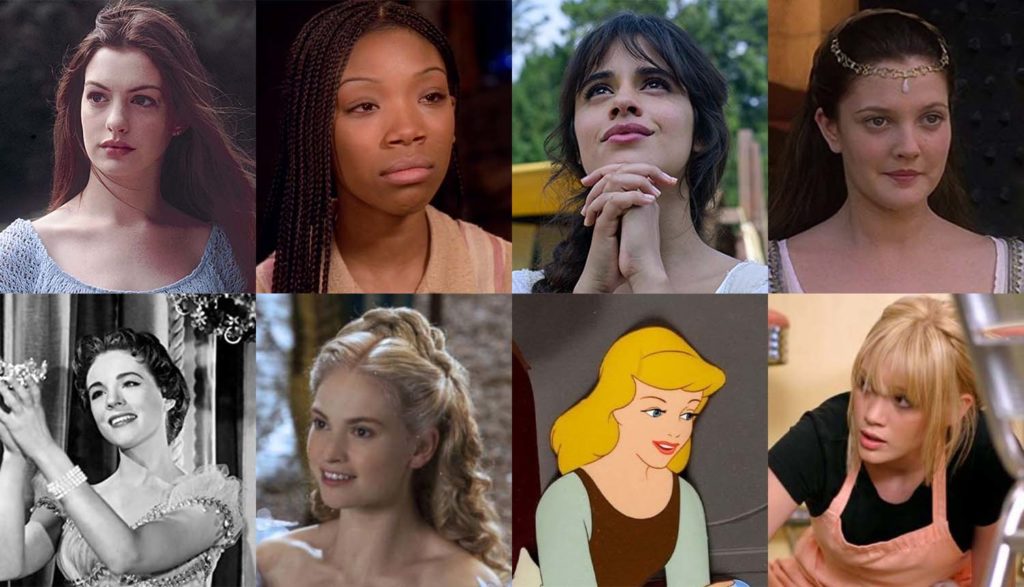



16 Responses
-Original animation made it all happen. Then Drew and Lily. Did not like the rest. My opinion.
-Totally agree!! Although personally love whitney houston and didnt mind that version that much i do agree that the original classic, Lilly and drew ones are ultimately the besr. The recent netflix- completely atrocious..
-How could you not even recognize the version with Leslie Anne Warren! I’m very angry that this was the Brandy/ Whitney version copied, except for the multi culture cast. Walter Pigeon, Ginger Rodgers, Celeste Holm, Joanne Pluge! A slap in their faces! Research better. It is favorite of the 1960/70s group! Shame!
-No shame, but the one with Leslie Ann Warren is most excellent, relatively pure in its themes and execution and quite amusing. A bit dewy eyed and not so relatable to real life, perhaps, but really worth watching.
-Yes! This is the best one! I can’t believe that it isn’t in this group!
-Ditto on the Leslie Anne Warrent version! Can’t believe you missed that one – one of my favs.
-Emily, I thought you did a good job in evaluating the films you ranked. I was not aware of the Leslie Anne Warren version either, and will try to find it for viewing, but overall I agreed with you on your analysis, and you brought up points that bear keeping in mind.
Thank you!
-Leslie Ann Warren version was the best!
-I’ve never even heard of Leslie Ann Warren, but out of the ones I’ve seen my favorite is probably the Hilary Duff one simply because it’s Lizzie McGuire, and then next would be Ella enchanted followed by the Disney animated classic. Kenneth branaghs Cinderella is way too boring and the Whitney Houston one is just plain stupid.
-My sister and I knew every song from the Leslie Ann Warren version. I have even taught them to my granddaughter as I would sing them to her as lullabies.
-Leslie Ann Warren’s version was the first and by far the best for me. I also like the Lily Collins and Drew Barrymore versions.
-Double-Dog ditto to Leslie Ann Warren’s version!!! In my own little corner, in my own little chair I can be whatever I want to be!
-I read this review specifically to see where *my* Cinderella starring Leslie Ann Warren placed. As I continued down the list, I feared my innocent memories failed me and it was far worse than I’d remembered. Alas, much to my chagrin, it was overlooked entirely! Like many others, it is *the* version I grew up with and the lyrics “in my own little corner, in my own little chair” waft through the memories of my youth.
-My favorite is Lily James, with Ever After running a close second.
– Again, who the heck is this Leslie Ann Warren everybody seems to be talking about? I’ve never even heard the name before, much less some song about a chair in a room.
– Growing up I used to listen to stuff like the California raisins and my older sisters Amy Grant tapes. When I did hear musicals it was Disney soundtracks or the music from the phantom of the opera.